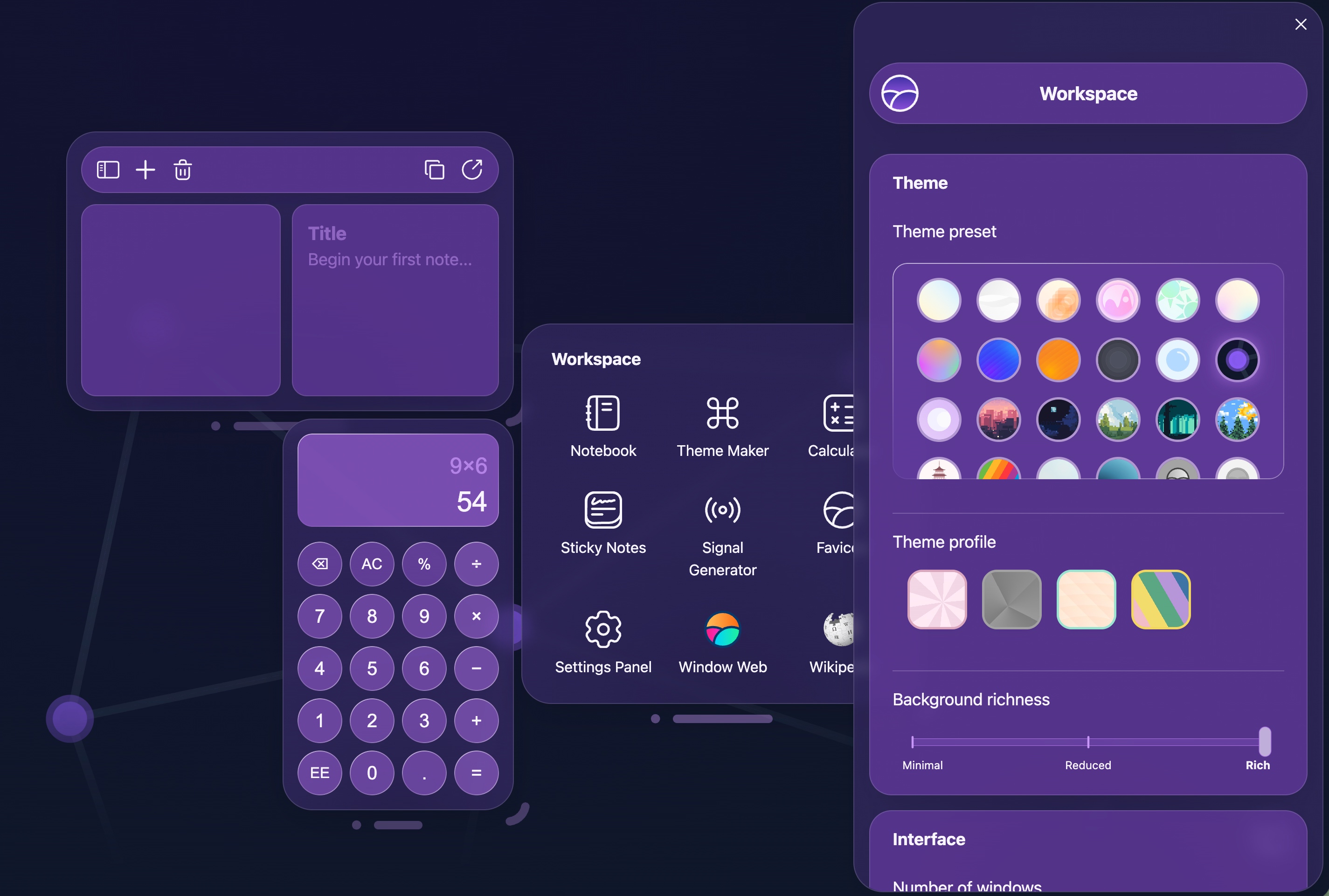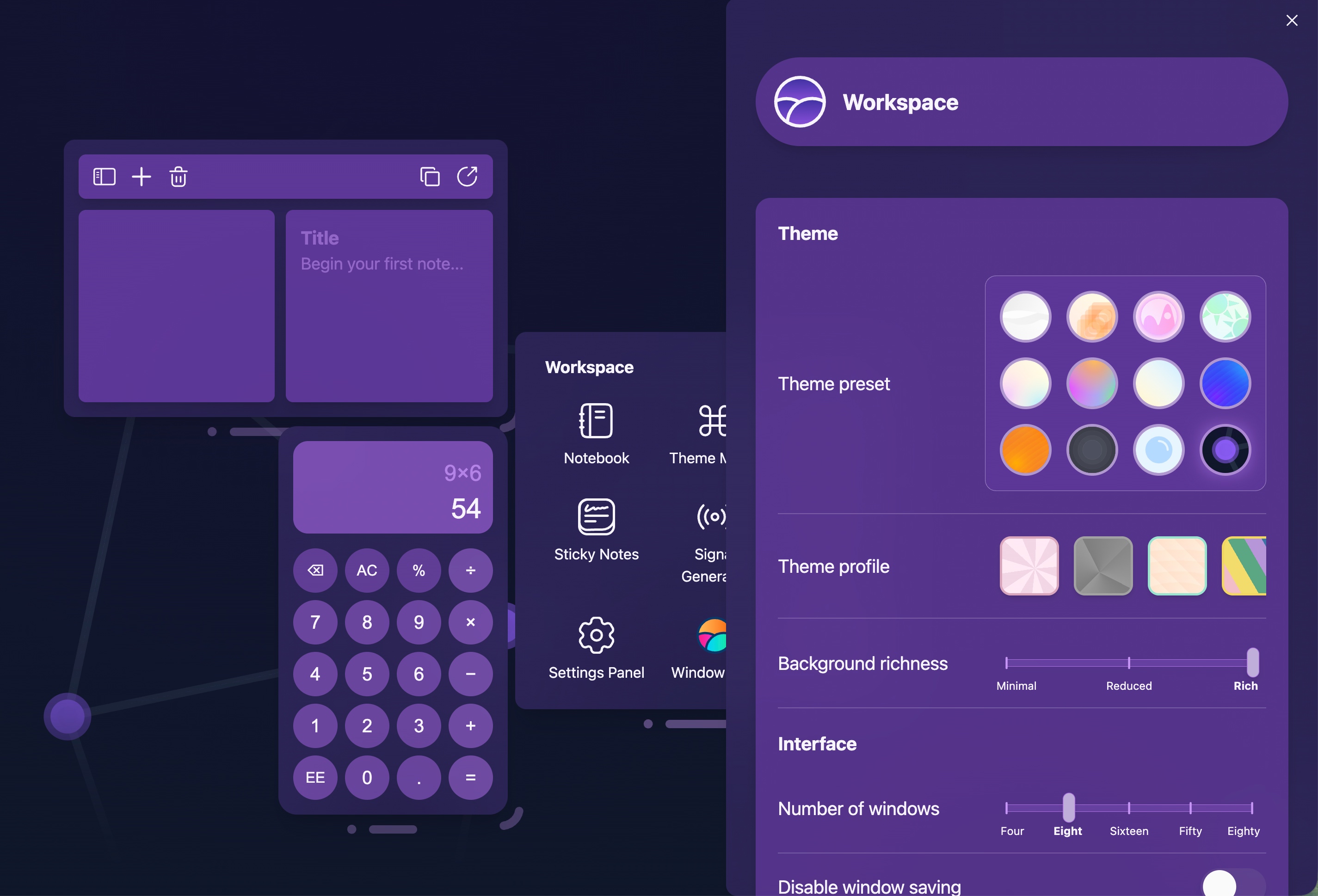The Toil of Creating Perfection
Zimo
4 min read · Sep 27, 2025
Tags of this article:
It’s been… quite a while since I said I was taking a break from Zimo Web back in March. Half a year, to be exact. Honestly, I can’t say I’m surprised it turned out this way.
The simplest explanation would be burnout. But that’s not the full picture. Zimo Web grew old, and I started looking at every part of it, imagining how I could modernize it with what I know now about web and design. But the scope kept expanding far beyond what I could handle alone. Too many moving pieces. At the same time, I was exploring other platforms that felt lighter and less demanding. My free time started to feel too valuable to spend on something that had become more burden than joy.
That was mostly me crashing out. Later in the year, I did have enough free time to possibly pull off a major update. I tried. I failed. I just couldn’t pull myself back together into it. Burnout might sound like a cheap excuse (it’s true I had been working hard on other things too) but it was more a familiar feeling. Whenever I’ve learned the essentials of a toolset and built project after project, eventually I envision something monumental, something that could put me at the frontier of the platform. And when the time comes to actually sit down and build it, I retreat. Maybe it’s clingling to comfort of earlier, smaller successes. Maybe it’s a lack of confidence that my skills are truly enough. The update became but another example of that same cycle.
It wouldn’t make sense to talk about all this without mentioning what the update was supposed to be. I had built up a long list of everything I thought I had done “wrong” in the original version of the site: how articles were stored in the database, how the UI could be modernized (down to blur intensity and shadow direction), how the theme engine could adapt to a new design, how interactions could be rethought. For months I studied examples of designs I admired, then projected those ideas onto my own site, imagining how they would look. That turned out to be a terrible mistake. They only made the gap between what I had and what I wanted feel larger.
The biggest inspiration was liquid glass. I started with the navigation bar, breaking it down, rethinking it, reintegrating it in a way that felt more dynamic and fluid. This left a big open space in the middle, which I planned to use for a flexible toolbar that would adapt to each page’s needs. A search bar here, a layout switcher there, extended further for the blog and projects pages. Then came the finer details: corner concentricity, specular highlights, borders, and making sure every design worked in dark mode. A redesigned theming engine where colors define hue and saturation while brightness is computed automatically. Smarter widget gradients that adapt across elements. A new animated background system that is no longer locked to a single color scheme. And on top of it all, an updated codebase with the latest frameworks and libraries. The list just kept growing.



Navigation bar concept.
By that point, the whole thing had essentially become a brand-new project. I was torn. Should I keep it under Zimo Web, or start a fresh project that could stand on its own? Either way, it felt less like an “update” and more like a total restart. But once I actually began rebuilding the codebase, I backed away. Zimo Web is simply too big to recreate. The theme engine, backend, comments, windowing system. Rethinking and reimplementing them all would be the work of a full-time developer, and there’s no universe where I could ship something like that. I wrestled with the decision for months before abandoning the rewrite as nothing more than scaffolding.
Months later, I tried again with a different approach: instead of starting from scratch, I’d modernize the existing codebase piece by piece. But within just a day it became clear that wasn’t viable either. The old codebase is too big, too noisy, and without a clear plan, I’d get lost in it.
That’s when I remembered the derivative projects. They were built from stripped-down versions of the same codebase and focused on just one or two features. In fact, just last year I had built one of these. It’s like a demo version that showcased the then-new windowing engine. That turned out to be the perfect middle ground. Not so cluttered with UI elements that it felt overwhelming, but still large enough to show me how the design worked in a broader context. It gave me room to experiment quickly and even a small sense of reward when things worked. I quickly tried implementing some of the easier ideas in this smaller project. And they worked beautifully. That’s when I realized this might be the way forward.


Design attempts.
With that, my motivation came back, at least a little. Now I finally have a practical path to experiment, test, and iterate on every feature I had imagined, without being paralyzed by the size of the main site. My free time is still draining, and the road ahead is far longer than any previous Zimo Web development cycle. But at least I feel settled again. And when I’m finally happy with how everything turns out, I’ll bring every feature back to the main site in one big update that probably happens overnight.


